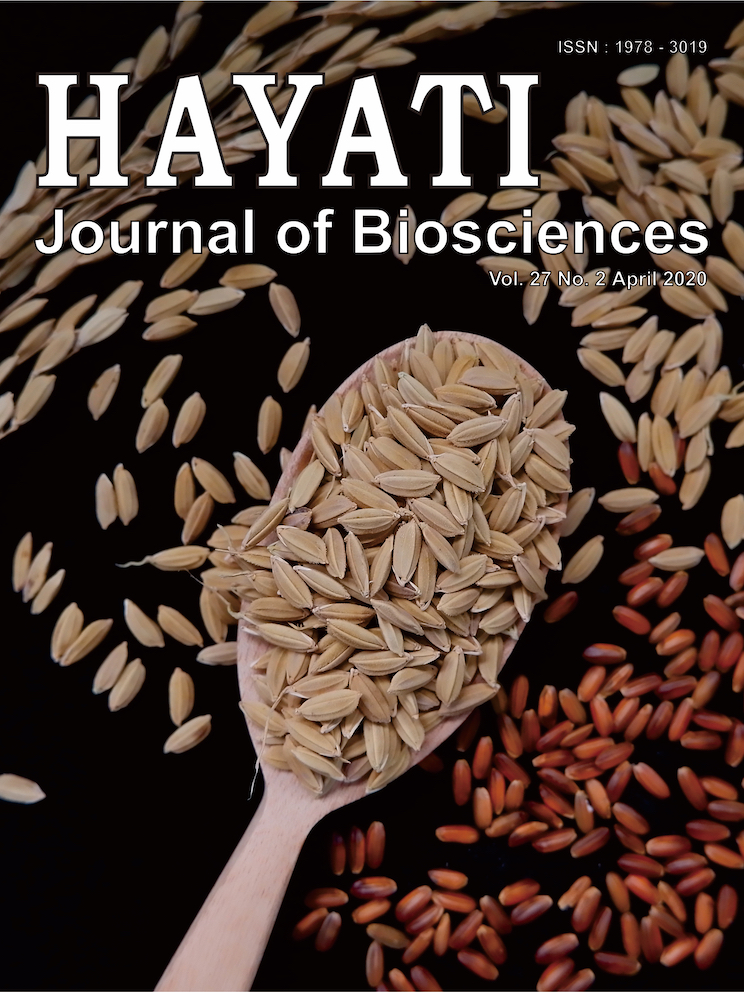Production and Characterization of Mouse Diploid Parthenogenetic Blastocyst Developed in Phosphate-Free Medium
Abstract
Parthenogenesis is an artificial oocytes activation process without paternal contribution. Blastocyst, derived from parthenogenesis, is one of potential source for pluripotent stem cell propagation. Unfortunately, previous studies reported that parthenogenetic embryo did not achieve exhilarating blastocyst rate. One of the component that predicted inhibit parthenogenetic embryo development is phosphate. Therefore, we try to modify culture medium in order to overcome that problem. The aim of this research was to produce and analyze the characteristics of parthenogenetic blastocyst developed in phosphate-free medium. Mouse oocytes obtained from adult female DDY by superovulation. The activator was strontium chloride 10 mM and diploidization with cytochalasin B 5 μg/ml. Medium for activation and culture medium were modified rat 1 cell embryo medium (MR1ECM) which is phosphate free. The results showed that parthenotes that were cultured in phosphate free medium reached higher blastocyst rate compared to the other groups. The increase of phosphate in culture medium lead to impaired parthenogenetic embryos development. Further experiment was made to analyze the differences between fertilized and parthenogenetic embryo in this medium. The experiment showed that diploid parthenogenetic could achieve high blastocyst rate (30.9±1.3%). The quality of diploid parthenogenetic blastocyst, based on cells number, viability, and ICM ratio, was lower than fertilized blastocyst.
Downloads
HAYATI J Biosci is an open access journal and the article's license is CC-BY-NC. This license lets others distribute, remix, tweak, and build upon author's work, as long as they credit the original creation. Authors retain copyright and grant the journal/publisher non exclusive publishing rights with the work simultaneously licensed under a https://creativecommons.org/

























.png) IPB University
IPB University Department of Biology
Department of Biology The Indonesian Biological Society
The Indonesian Biological Society 

